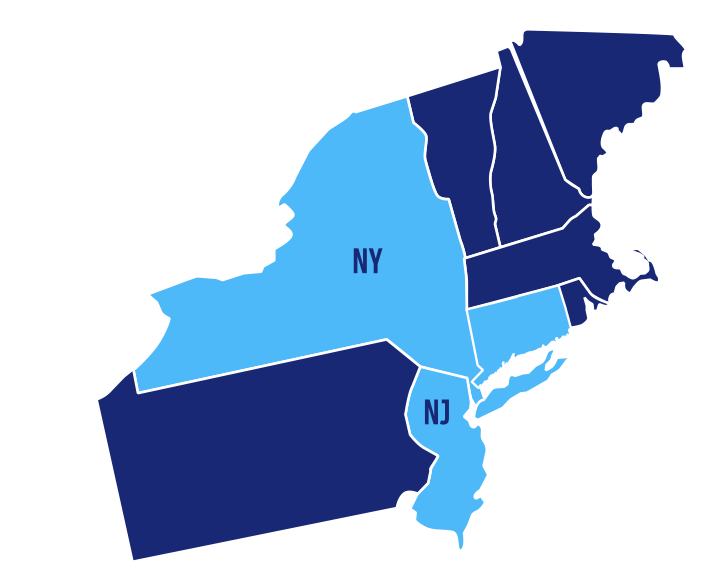Septic and sewer inspections done professionally by our team of experts. Whether for your existing home or future home, call CSI for an honest, thorough inspection.
Septic and Sewer Inspections
Do I need a septic inspection?
Septic systems are an alternative to public sewers. Don’t be scared of the unknown, let Classic Septic Inspections put your mind at ease.
Pre-Sale Inspections
Know the condition of your septic system before listing your home so there are no surprises.
Home Buyers
If you’re looking to purchase a home with a septic system our team can help inspect, and educate you so you feel at ease with your purchase.
Home Owners
Smell an issue? We hope not, but if you’re ever worried about your septic system call CSI and we’ll thoroughly inspect all components.
We inspect the local tri-state area
New Jersey Septic & Sewer Inspections
- Bergen County
- Burlington County
- Essex County
- Hunterdon County
- Mercer County
- Middlesex County
- Monmouth County
- Morris County
- Ocean County
- Passaic County
- Somerset County
- Sussex County
- Union County
- Warren County
New York Septic & Sewer Inspections
- Dutchess County, NY
- Orange County, NY
- Putnam County, NY
- Rockland County, NY
- Westchester County, NY
Connecticut Septic & Sewer Inspections
- Fairfield County

Don’t see your location listed here?
Call (201) 857-3011 or email us to talk to someone on our team to see how we can best assist you.
Our Services
We work with the best in real estate










